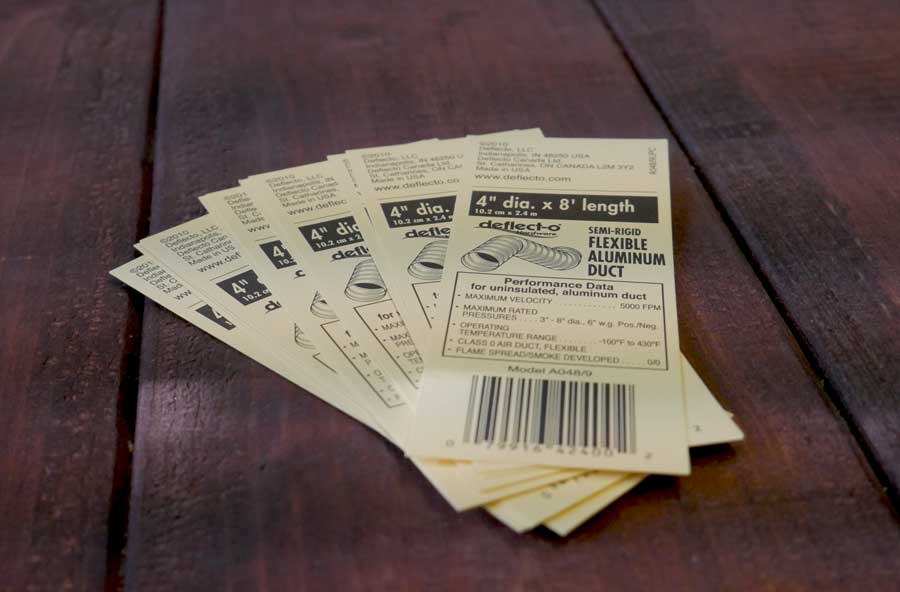So you’ve been given the task of getting a major printing project done for your small business, but as you soon discover, there is a difference in printing techniques. The two major printing techniques used in business today are Offset Printing and Digital Printing. But ultimately, what’s the difference between the two?
What is Offset Printing?
 Offset printing is an old-style printing technique that utilizes plate that transfers an image from the printing plate onto rubber. The rubber image is then coated with ink and rolled onto paper. This printing style is called “offset” because the ink is transferred off of the set image, which is then rolled onto the paper. The offset printing method has been in existence as an offshoot of the lithograph. Offset printing has been in existence since 1875.
Offset printing is an old-style printing technique that utilizes plate that transfers an image from the printing plate onto rubber. The rubber image is then coated with ink and rolled onto paper. This printing style is called “offset” because the ink is transferred off of the set image, which is then rolled onto the paper. The offset printing method has been in existence as an offshoot of the lithograph. Offset printing has been in existence since 1875.
What are some advantages of Offset Printing?
Some of the major advantages of Offset Printing include the following:
- Offset printing allows for a cost-effective manner to complete large print runs. Your costs become lower per unit with the higher volume of a run.
- There is a wider variety of paper types and custom finishes available with an offset print job.
What are some major disadvantages of Offset Printing?
Some of the major disadvantages of offset printing compared to other printing methods are some of the following:
- There is a bit of a time and cost commitment due to the set up of a large run printing press. In a large print run, a small mistake can very quickly become expensive.
- There is the potential for the aluminum plates to become oxidized due to heat and ink and exchanged if the plates aren’t cared for properly.
 What is Digital Printing?
What is Digital Printing?
According to the Xerox website, Digital Printing is: “…the process of printing digital-based images directly onto a variety of media substrates. There is no need for a printing plate, unlike with offset printing. Digital files such as PDFs or desktop publishing files can be sent directly to the digital printing press to print on paper, photo paper, canvas, fabric, synthetics, cardstock and other substrates.”
What are some of the major advantages of Digital Printing?
Some of the major advantages of Digital Printing include the following:
- Lower minimum quantities result in a lower setup costs. Digital print jobs can be as low as a single piece.
- Variable factors such as date, name, and addresses are easily accounted for allowing for easier customization with small jobs.
What are some of the major disadvantages of Digital Printing?
Some of the major disadvantages of Digital Printing include the following:
- Digital printers use toner as opposed to ink. Toner works well for small print jobs. Toner is not as an efficient tool for large print jobs as ink.
- While digital printing technology has allowed for the quality of print jobs to get better than in previous years, a digital print run is no substitute for the level of print detail and color results of an offset print job.
What is the best printing solution for you and your small business?
As you can see the traditional offset printing customer has a different level of print job requirements, with the primary difference in the size and scope of the overall print job.
In today’s world of Digital Printing, Unique Printing & Labels has the level of capabilities to handle the high volume requirements of the traditional offset printing customer as well as the volume and level of quality required by the smaller run digital printing customer. Both customers have a place to call home at Unique Printing & Labels.
